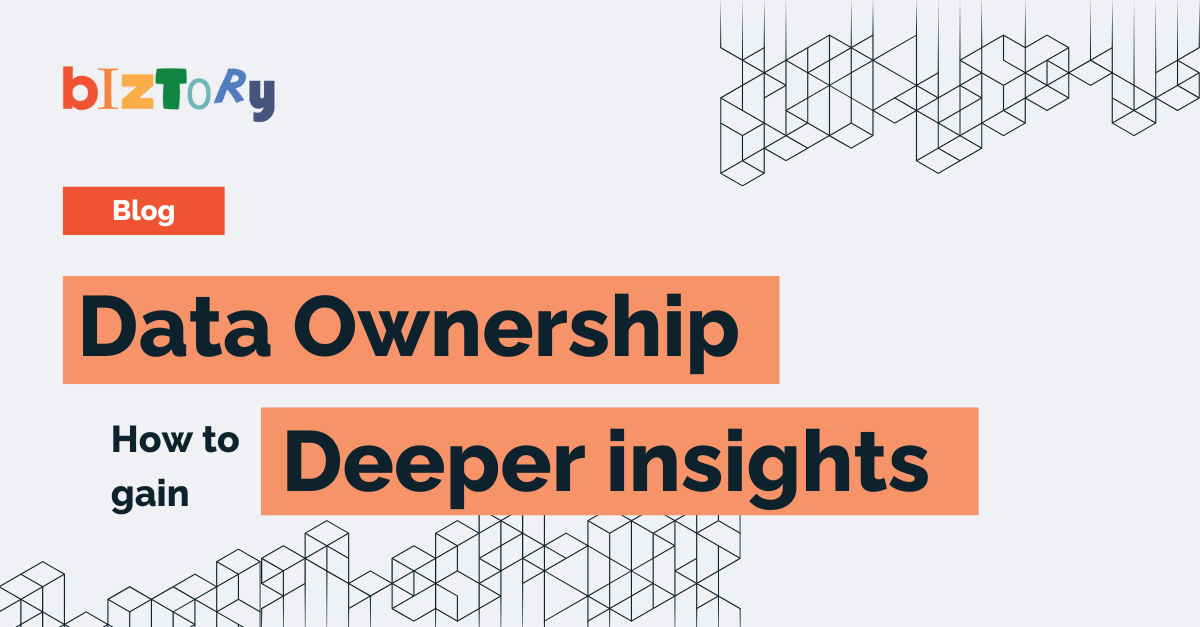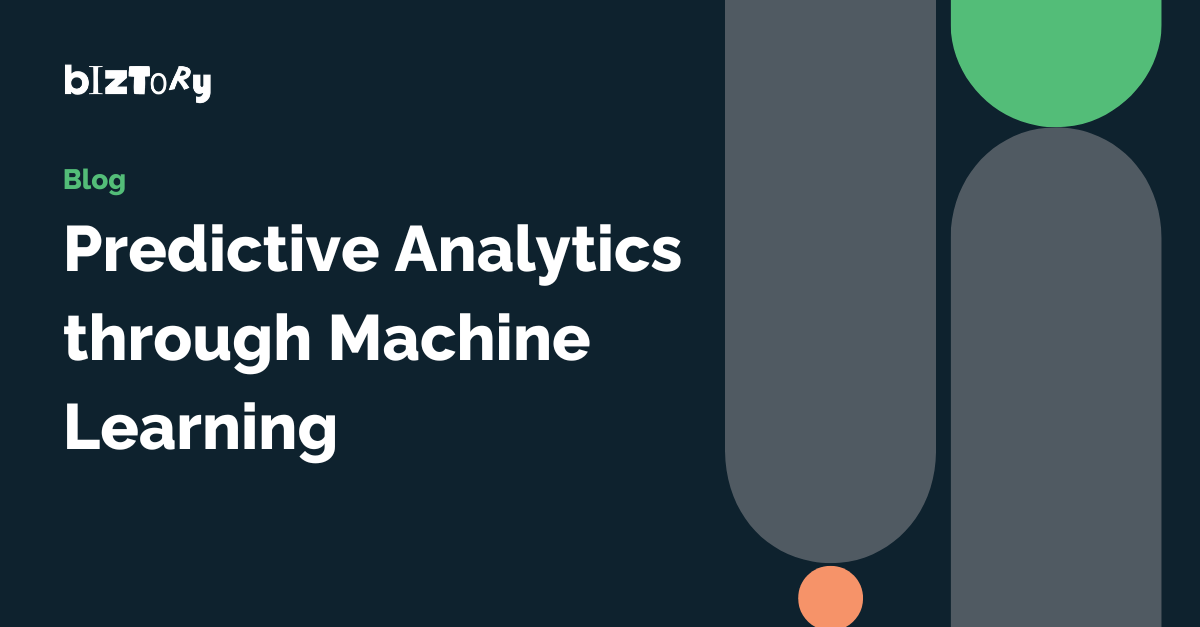Predictive Analytics through machine learning
13 September, 2024
min reading time
I help you get insights from your data. Easier. Faster.
What is predective analytics
Predictive analytics is a process in which statistical methods and processes are used to identify patterns and produce predictions on large volumes of data. It uses historical data to make predictions about future outcomes with high precision. It can be used in any industry and leads to various benefits.
Organisations can use it to gain valuable insights that lead to improving efficiency, profits, and customer satisfaction reducing the risk of decision-making. In retail, it can help optimise their pricing, inventory management, and development of new products. In marketing, it aids in creating marketing campaigns using churn prediction and customer segmentation. In healthcare, it can help identify patients prone to disease. Predictive analytics is also used to detect and stop criminal activity by studying customer behaviors that are out of the norm such as credit card fraud or reducing risk when a customer applies for a loan by calculating probabilities based on their credit history.
Business decisions are made based on the data and clearer probabilities of outcomes rather than intuition hence predictive analytics facilitates the process of becoming a data-driven organisation, embracing the ethos of data culture.
How does predictive analytics work?
Predictive analytics starts with identifying a business question that needs answering. When this has been identified, appropriate data is collected and cleaned/transformed depending on its condition. After cleaning the data and ensuring its quality, it is analysed to identify variables significantly impacting the outcome and split into training and testing sets. Then the predictive model is built which usually includes a machine learning algorithm and training it using previously prepared data. The algorithm then learns patterns and relationships between variables. The trained algorithm is tested via testing sets to ensure its accuracy. After the algorithm has been validated, it is used to make predictions.
Machine learning algorithms automate the discovery of relationships and patterns in data. They can handle large amounts of data with high dimensionality and can be trained to include new data over time. Unlike traditional statistical methods that rely on predefined equations and models, machine learning algorithms adapt as more data is ingested. Over time, the model refines the outcome by learning new data giving a more accurate prediction.
The most popular predictive models are:
Decision trees - they work by splitting the data into branches, based on categories of input variables, each branch represents a possible decision path leading to a final result. For example, to predict patient outcome on the basis of clinical data.
Regression - estimates relationships between variables, finding key patterns in large data sets and how they relate to each other. Linear regression is used for predicting continuous outcomes by utilising a linear equation. It can be useful in forecasting sales etc. Logistic regression is used for binary outcomes to predict probability such as the likelihood of a customer making a purchase.
Neural networks - inspired by the human brain, a more complex technique that consists of layers of neurons that process data and learn from patterns. It is particularly useful for handling large data sets with nonlinear data relationships, especially when some variables are unknown. It excels in tasks such as speech and image recognition but also has been applied in predictive analytics for example in finance, stock market trends can be predicted.
There are different algorithm training methods:
- Supervised learning
- Unsupervised learning
- Reinforcement learning
Factors to keep in mind before implementing
Predictive analytics can be extremely beneficial to implement in any organisation. However, several factors must be carefully considered beforehand.
1) Clear Objectives and Alignment
Make sure specific goals that align with the company’s strategy are defined and measure the success with the right KPIs set in place.
2) Data Quality
Organisations must have the data architecture in place and high-quality, unified data. One of the main issues is the quality and accuracy of data fed to the algorithm. Incorrect or biased data will produce unreliable results. Moreover, predictive analytics models can be quite complex to interpret making it difficult to pinpoint the issues and prediction factors.
3) Monitoring
Predictive analytics require human expertise and assistance. The model must be monitored to determine whether it is working correctly and the output is accurate as the data changes.
4) Data Privacy and Security
Comply with regulations and secure against data breaches for ethical use of data.
Future Predictions
As the volume and variety of data continue to grow, so does the potential for predictive analytics. In the future, more advanced machine learning techniques will be used, such as deep learning and reinforcement learning which can handle even more complex data structures. In addition, as the ethical considerations and the need for transparency in AI grows, there will be more emphasis on the development of explainable AI (XAI), so the models are not only accurate but also understandable and fair.
In conclusion, predictive analytics, powered by machine learning offers immense benefits with its capabilities to analyse huge amounts of data and make accurate predictions of the future. As technology advances, they will become increasingly accessible, driving efficiency and helping with all decision-making across all sectors.
Author
Monika Jaworska
I help you get insights from your data. Easier. Faster.
Read more articles of this author

